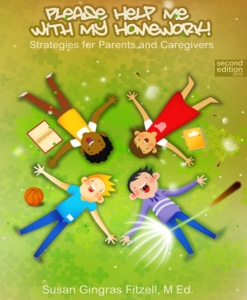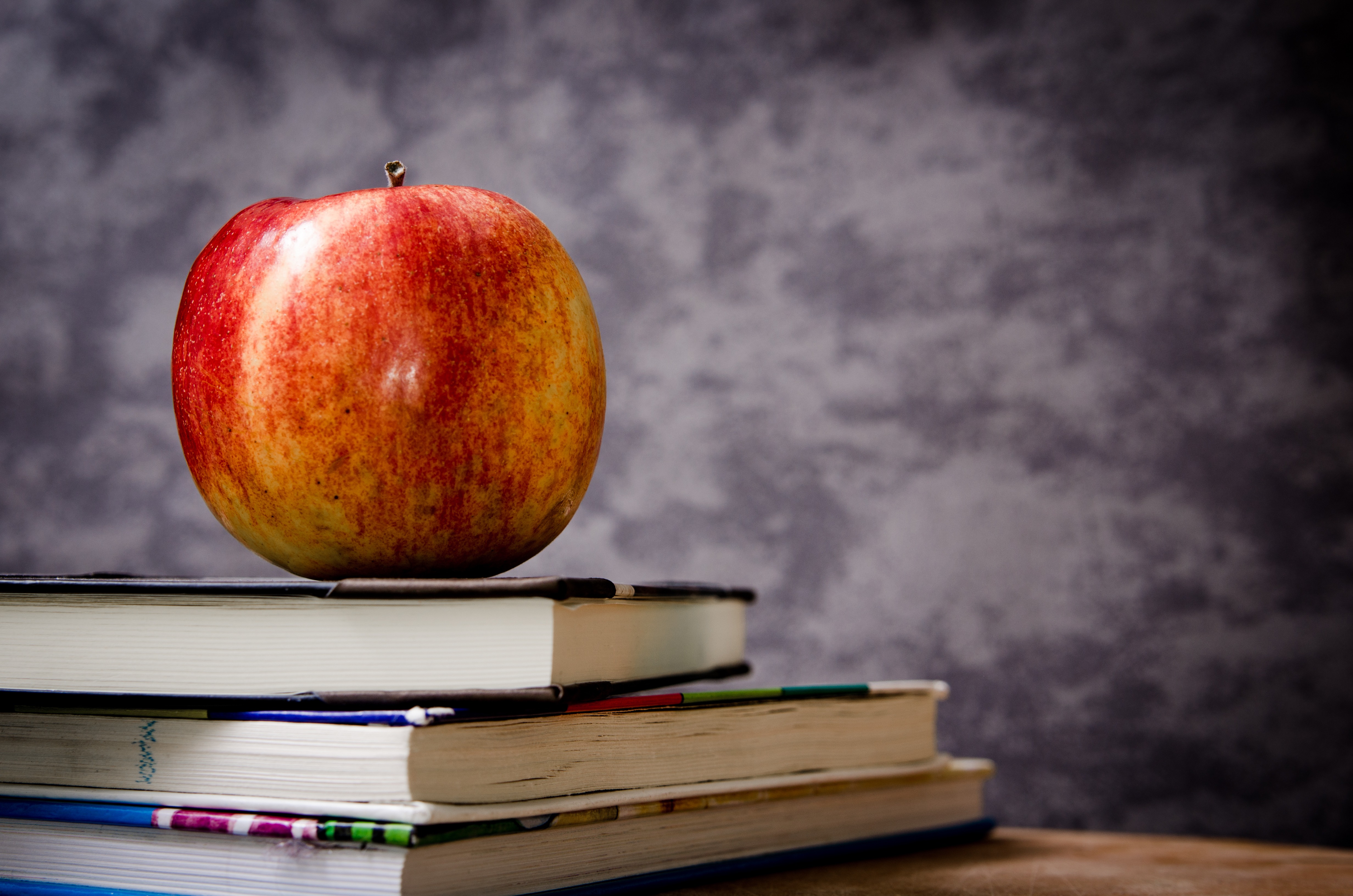 The beginning of the school year is filled with excitement, enthusiasm, hope, apprehension, curiosity and renewed motivation to be the very best teacher ever! What are some of the best, yet easily implemented strategies to start off the year? Following are some do-able tips for establishing a positive learning environment and for immediately supporting retention of what is taught. These two components will nurture your student’s continued positive attitude towards school during the new school year.
The beginning of the school year is filled with excitement, enthusiasm, hope, apprehension, curiosity and renewed motivation to be the very best teacher ever! What are some of the best, yet easily implemented strategies to start off the year? Following are some do-able tips for establishing a positive learning environment and for immediately supporting retention of what is taught. These two components will nurture your student’s continued positive attitude towards school during the new school year.
1. Use noisemakers such as a chime, maracas, or a bell to get students’ attention instead of using a teacher voice.
2. Play calming music (without words), 60 beats per minute or less as students enter the classroom from recess, specials, the hall or cafeteria to create an environment that enhances learning. Turn off the music when you begin to teach.
3. Use natural lighting whenever possible (Windows, “natural light” bulbs in table or floor lamps) because natural lighting calms and increases productivity.
4. Have students who doodle, create doodles that illustrate their notes to enhance visual recall.
5. If students are getting chatty, rather than tell them to be quiet, assign a Think/Pair/Share as a reinforcement of the lesson just taught.
6. If students are getting wiggly, have them stand and stretch.
- a. A variation on this is to have them answer a review question or paraphrase something they just learned as a “ticket” to sit down.
- b. Another variation is to have them stand up to answer questions in a “whole class chant”.
7. To enhance long term memory, associate concepts with visual images. Include diagrams, tables, outlines, etc. when presenting and practicing concepts.
8. To move information from short term memory to working memory, teach students to habitually convert difficult material into pictures or diagrams when note taking, or to convert words into mental images in their mind.
9. Teach note-taking strategies like clustering, webbing, and mind mapping to enhance the brain’s ability to process what to keep, delete, or alter.
10. To improve memorization of facts, create silly ditties out of connected information such as historical events, literary sequence of events, science system parts and their function or sports rules.
11. Have students read with a blank piece of paper on the desk and instruct them to mind map the story line, characters, and detail as they read to improve comprehension and recall.
12. Have students create mnemonics to remember lists. At the beginning of each class session, quickly review the unit’s mnemonics as a whole group, reciting them aloud. If possible, give the recitation a ‘rap’ beat.


